Hidden in the shadows of the Middle East’s rugged terrain prowls one of nature’s most extraordinary athletes. The caracal, with its distinctive black-tufted ears and golden coat, represents everything we find mesmerizing about wild cats. This remarkable feline has mastered the art of vertical hunting, leaping heights that would make Olympic high jumpers weep with envy. Yet despite their incredible abilities, these magnificent creatures remain largely mysterious to most people. Their story weaves through ancient civilizations, modern conservation challenges, and behavioral adaptations that showcase the raw intelligence of the feline family. From the sandy dunes of Arabia to the rocky outcrops of Iran, caracals have carved out a unique niche in some of the world’s harshest environments. Their existence reminds us that cats, in all their forms, continue to surprise and inspire us with their resilience and grace.
The Vertical Hunters of the Desert

Imagine watching a cat launch itself ten feet into the air with the grace of a ballet dancer and the precision of a guided missile. That’s exactly what caracals do when they hunt birds. These remarkable felines can leap vertically up to 10 feet, snatching unsuspecting birds right out of the air with their razor-sharp claws. Their hunting technique resembles something from a martial arts movie, combining perfect timing with explosive power. The caracal’s muscular hindquarters act like coiled springs, storing energy before releasing it in one devastating pounce. This aerial prowess isn’t just for show—it’s a survival skill honed over thousands of years in environments where ground prey can be scarce. Watching a caracal hunt is like witnessing poetry in motion, a reminder that cats have always been nature’s most elegant predators.
Those Magnificent Black-Tufted Ears

The caracal’s most striking feature isn’t their golden coat or powerful build—it’s those incredible black-tufted ears that seem to dance with every movement. These aren’t just for decoration; they’re sophisticated communication tools that help caracals express emotions and intentions to other cats. The tufts, which can grow up to 2 inches long, act like semaphore flags, conveying messages across the desert landscape. Scientists believe these ear tufts also enhance their hearing by channeling sound waves, making them incredibly effective hunters even in complete darkness. When a caracal flicks its ears, it’s not unlike a person raising their eyebrows—a subtle but powerful form of body language. The way these tufts catch the light during golden hour creates an almost mystical appearance, making caracals look like creatures from ancient mythology rather than real animals prowling the modern world.
Masters of the Harsh Middle Eastern Landscape
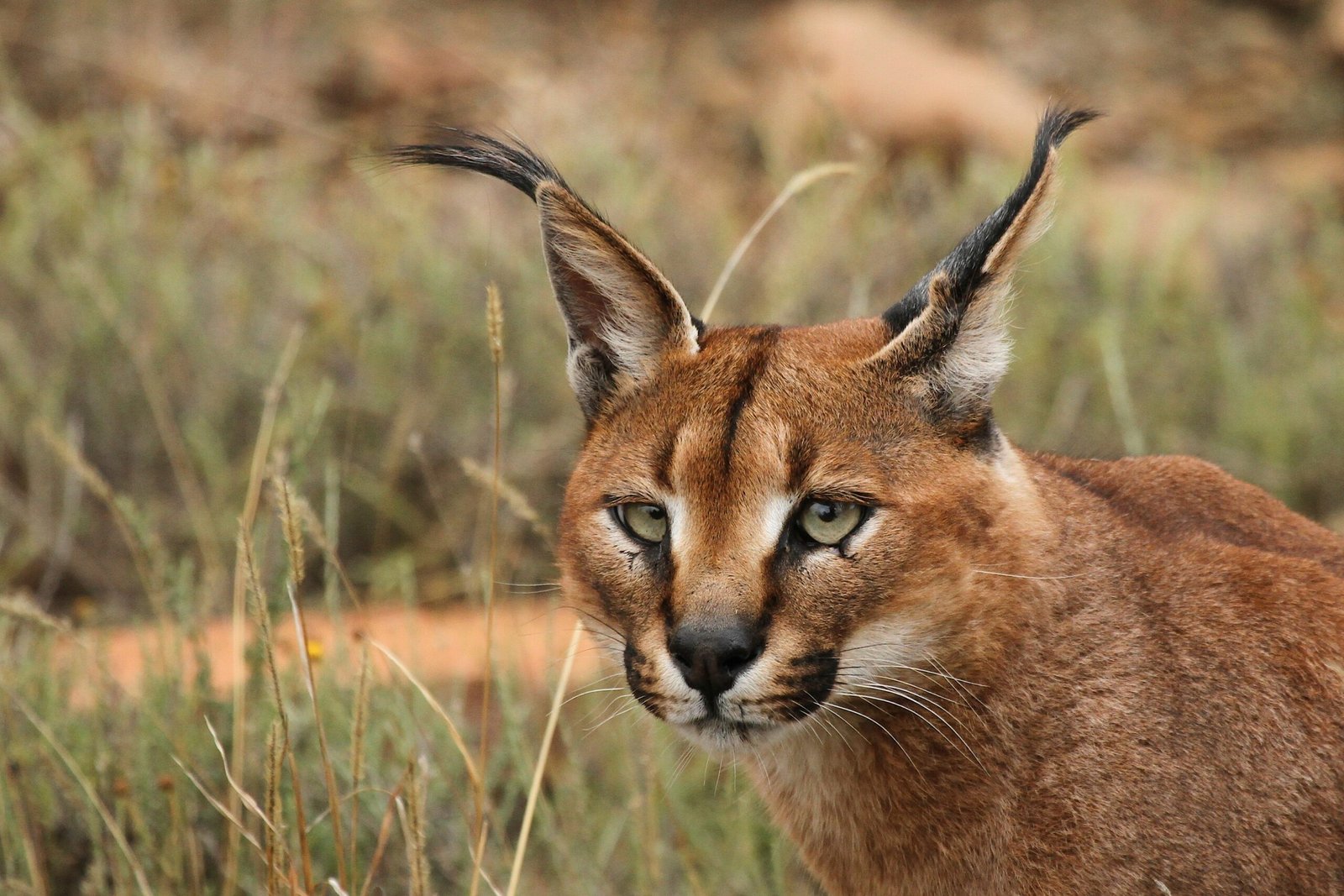
The Middle East’s unforgiving terrain would challenge even the most adaptable animals, yet caracals thrive in these conditions with remarkable ease. From the scorching deserts of Saudi Arabia to the rocky highlands of Iran, these cats have developed extraordinary survival strategies for extreme environments. Their kidneys are so efficient at conserving water that they can survive primarily on the moisture from their prey, rarely needing to drink. During the blazing heat of midday, caracals retreat to rocky crevices or dense vegetation, emerging only when temperatures drop to hunt. Their pale, sandy-colored coat provides perfect camouflage against the desert backdrop, making them nearly invisible to both prey and predators. This adaptability showcases the incredible resilience of the feline family, proving that cats can flourish in places where other animals would simply perish.
The Silent Stalkers of the Night
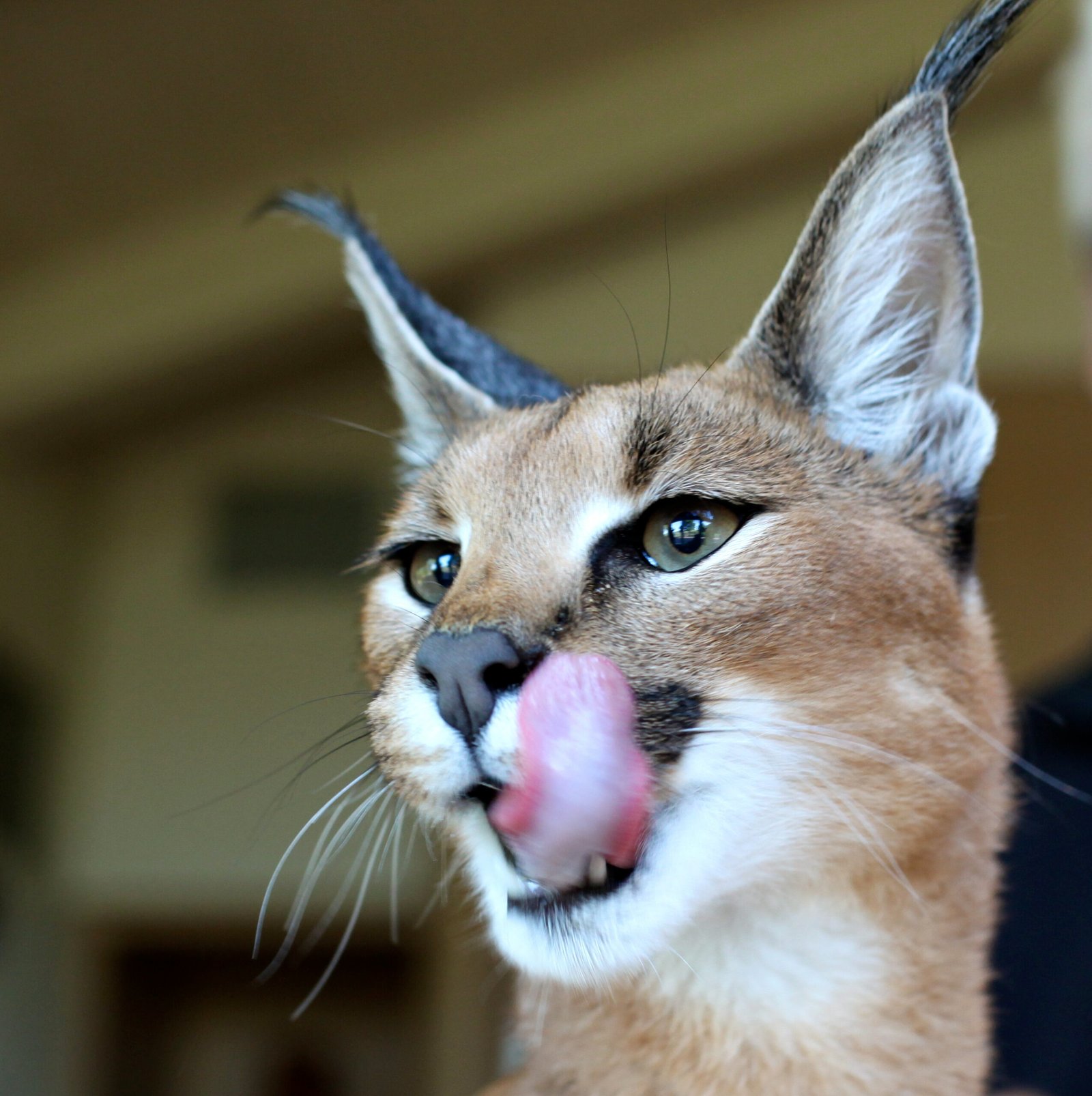
When darkness falls across the Middle Eastern landscape, caracals transform into ghostly hunters that move with supernatural silence. Their padded paws and precise movements allow them to approach prey without making even the slightest sound. Unlike their larger cousins, caracals rely on stealth rather than speed, using patience and cunning to get within striking distance. Their exceptional night vision, enhanced by a reflective layer behind their retinas, turns them into formidable nocturnal predators. The way they move through moonlit terrain resembles a shadow given form, fluid and purposeful. This nocturnal lifestyle helps them avoid the extreme heat of desert days while taking advantage of cooler hunting conditions. Watching a caracal hunt at night is like observing a master craftsman at work, every movement calculated and deliberate.
Solitary Souls in a Connected World

In our increasingly connected world, caracals remind us of the beauty of solitude and independence. These magnificent cats are naturally solitary creatures, coming together only during mating season before returning to their preferred lifestyle of peaceful isolation. Their territorial nature isn’t aggressive but rather reflects a deep understanding of resource management and personal space. A caracal’s territory can span several square miles, marked with scent posts that communicate their presence to other cats without the need for confrontation. This solitary lifestyle allows them to hunt more effectively and reduces competition for limited resources in harsh environments. Their independence mirrors the classic feline trait we see in domestic cats, that perfect balance between affection and autonomy that makes cats such fascinating companions.
The Vocal Virtuosos of the Wild

Despite their reputation for silence while hunting, caracals possess an impressive vocal repertoire that would surprise most people. They can produce a range of sounds from soft chirps and trills to deeper growls and hisses, each serving a specific purpose in their communication arsenal. Mother caracals use gentle purring sounds to comfort their kittens, while territorial males employ more assertive vocalizations to establish boundaries. Their calls can carry across vast distances in the desert, allowing them to maintain contact with potential mates or warn competitors away from their territory. The variety and complexity of caracal vocalizations demonstrate the sophisticated social awareness that exists even in solitary cats. These sounds connect them to the broader feline family, reminding us that whether wild or domestic, cats have always been masters of subtle communication.
Raising the Next Generation in Secret

Caracal mothers are among nature’s most dedicated parents, raising their young in hidden dens that provide protection from predators and extreme weather. These remarkable mothers will move their kittens multiple times during the first few weeks of life, carrying them one by one to new locations if they sense any danger. The bond between mother and kitten is intensely protective, with mothers teaching essential hunting skills through patient demonstration and play. Caracal kittens are born with their eyes closed and depend entirely on their mother’s milk and warmth for survival. As they grow, they learn to mimic their mother’s hunting techniques, practicing their famous leaping abilities on insects and small prey. This careful nurturing process ensures that each new generation carries forward the skills necessary to thrive in challenging environments.
The Challenge of Modern Survival
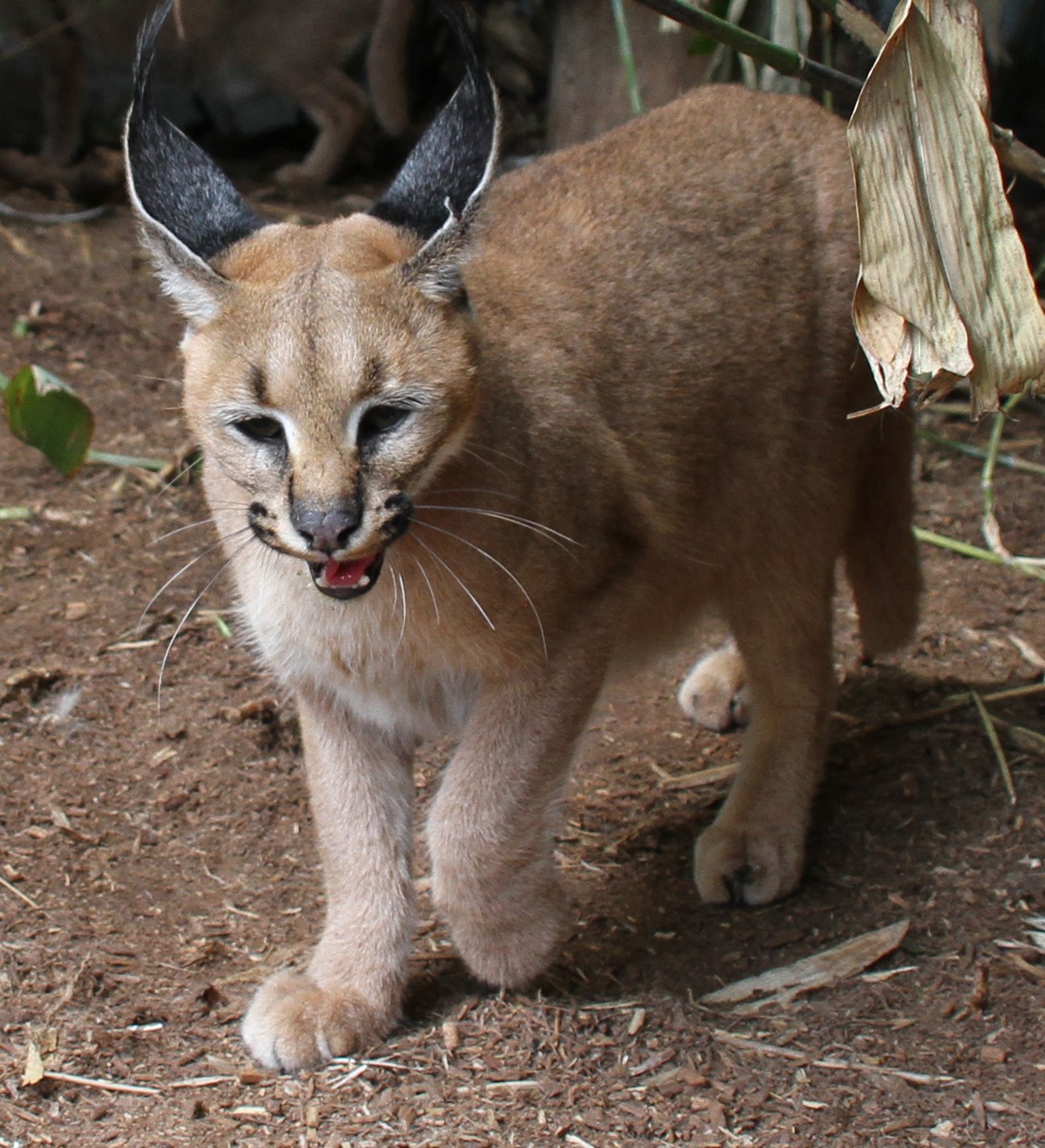
As human development continues to expand across the Middle East, caracals face unprecedented challenges that test their legendary adaptability. Urban sprawl and agricultural expansion have fragmented their traditional hunting grounds, forcing these solitary cats to navigate an increasingly complex landscape. Road construction creates dangerous barriers that separate caracals from essential resources, while habitat destruction reduces the prey populations they depend on for survival. Climate change adds another layer of difficulty, altering precipitation patterns and temperature extremes in ways that affect the entire ecosystem. Despite these challenges, caracals continue to demonstrate remarkable resilience, adapting their hunting patterns and territorial behavior to coexist with human activities. Their struggle for survival in a changing world reflects the broader challenges facing wild cats everywhere, reminding us of our responsibility to protect these magnificent creatures.
The Art of Camouflage and Concealment
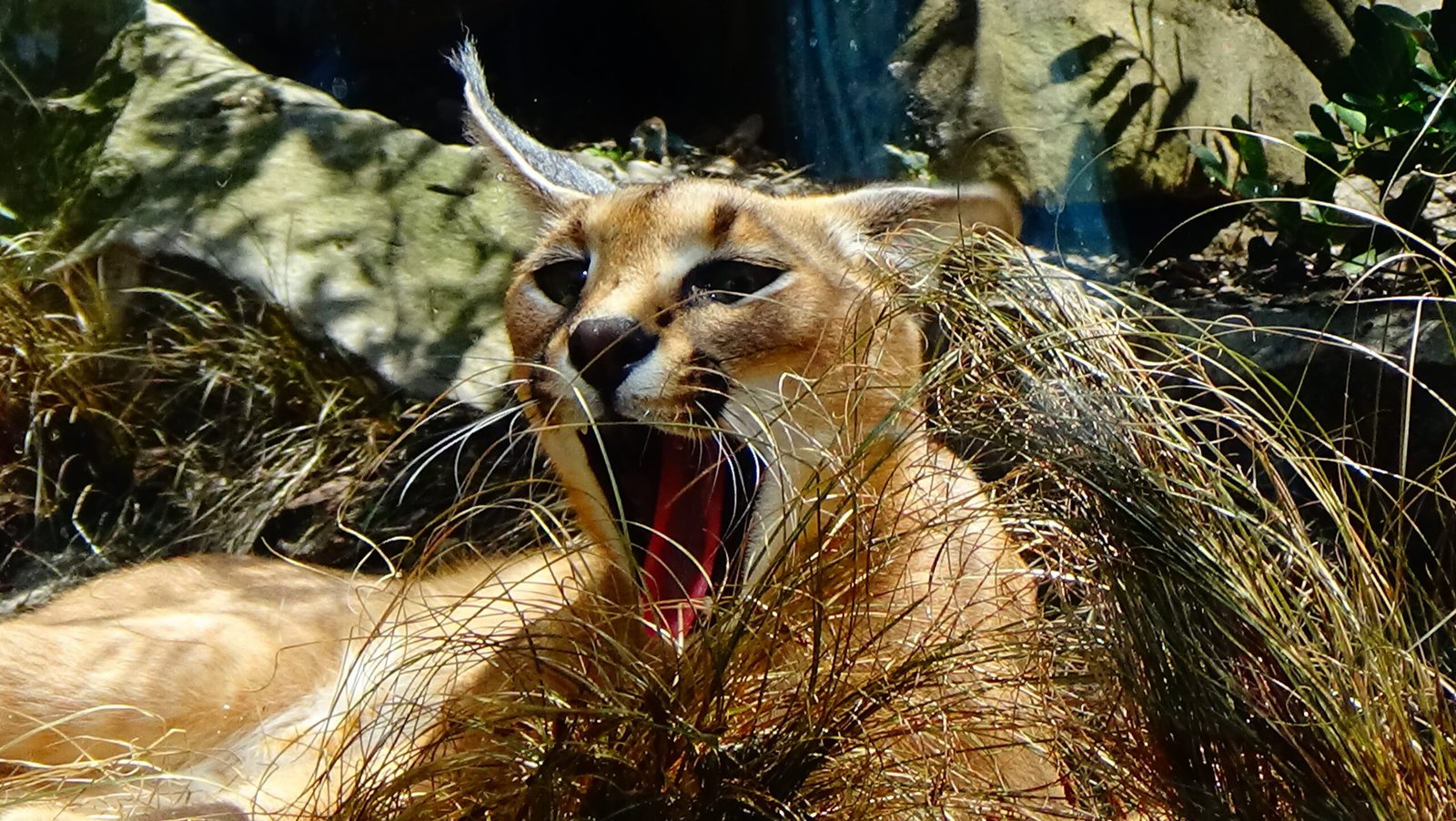
Nature has gifted caracals with one of the most effective camouflage systems in the animal kingdom, allowing them to virtually disappear into their desert surroundings. Their golden-brown coat matches perfectly with the sun-baked rocks and sandy terrain of the Middle East, making them nearly invisible to both prey and predators. This natural camouflage isn’t just about color—the pattern and texture of their fur creates visual disruption that breaks up their outline against complex backgrounds. When a caracal freezes in position, it can remain undetected even at close range, a skill that proves invaluable during hunting and when avoiding larger predators. Their ability to blend seamlessly with their environment showcases the incredible precision of evolutionary adaptation. This mastery of concealment reminds us that survival in the wild often depends more on not being seen than on being the strongest or fastest.
Water Conservation Wizards
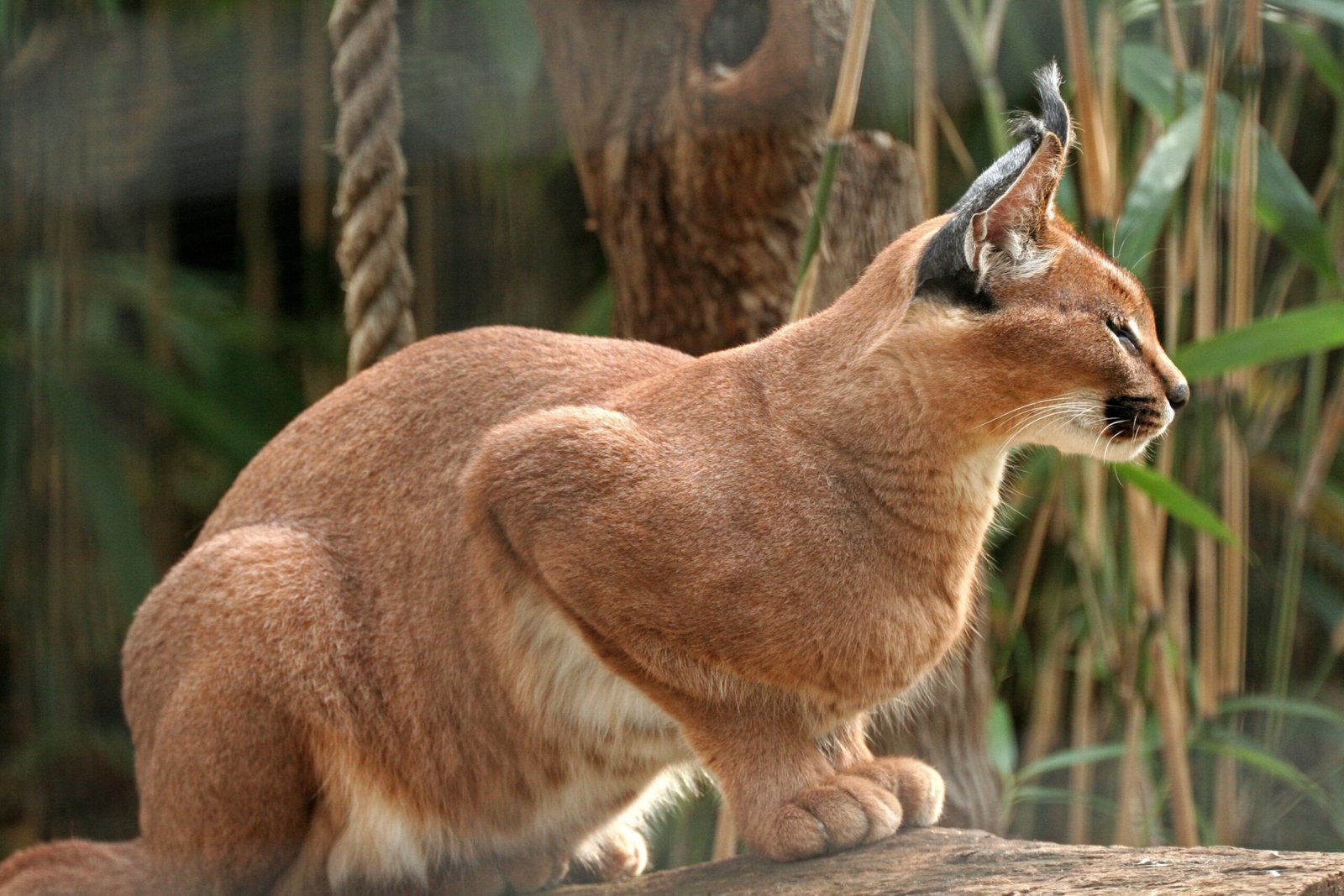
In the arid landscapes of the Middle East, water is more precious than gold, and caracals have evolved extraordinary mechanisms for moisture conservation. Their kidneys are so efficient that they can extract maximum water from minimal intake, allowing them to survive in areas where other animals would quickly dehydrate. These remarkable cats obtain most of their water from the prey they consume, rarely needing to seek out water sources directly. Their body temperature regulation is equally impressive, with behavioral adaptations that minimize water loss through breathing and sweating. During extreme heat, caracals can enter a state of reduced activity that conserves both energy and moisture. This incredible water efficiency demonstrates the remarkable adaptability of cats to extreme environments, proving that feline ingenuity extends far beyond hunting and climbing.
The Social Signals of Scent

While caracals may live solitary lives, they maintain complex social networks through an intricate system of scent marking that creates invisible highways of communication across the desert. These cats possess scent glands in their paws, cheeks, and other areas that produce unique chemical signatures identifying individual animals and their status. By rubbing against rocks, trees, and other prominent features, caracals leave messages that other cats can interpret days or even weeks later. This scent communication system provides information about territory boundaries, reproductive status, and individual identity without requiring direct contact. The sophistication of this chemical communication network rivals any modern messaging system, allowing caracals to coordinate their activities across vast territories. This invisible social world reminds us that cats, even solitary ones, are far more socially aware than we often realize.
Exceptional Eyesight for Desert Hunting
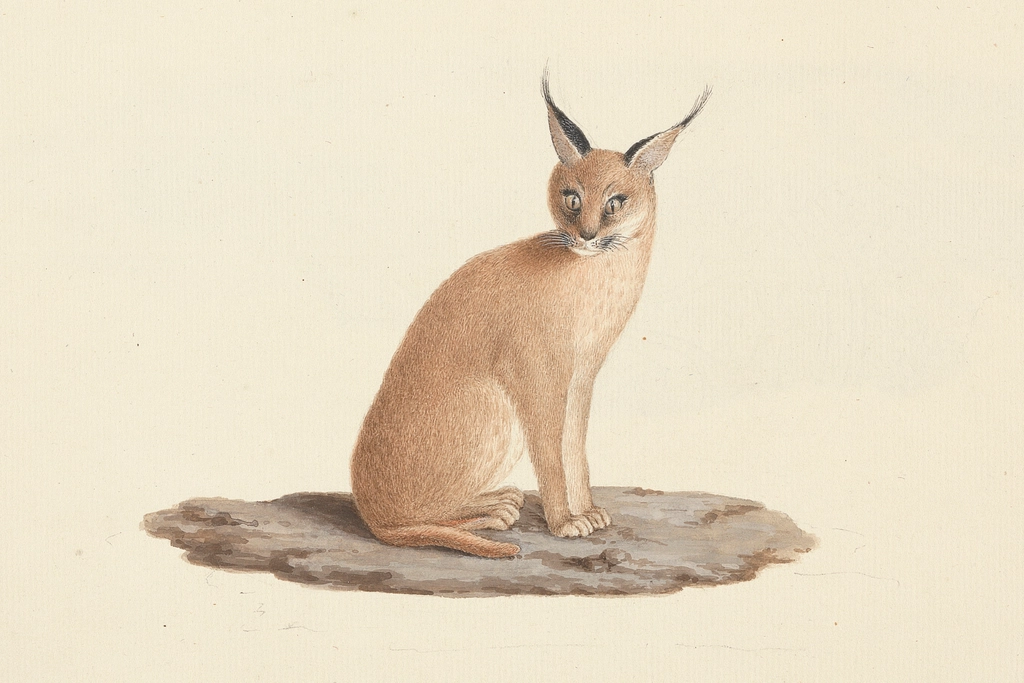
The eyes of a caracal are perfectly engineered for life in the harsh, sun-drenched environment of the Middle East, providing exceptional vision in both bright daylight and moonlit darkness. Their large, forward-facing eyes offer excellent depth perception, crucial for judging distances when making their famous vertical leaps. A special reflective layer behind the retina, called the tapetum lucidum, gives caracals superior night vision by bouncing light back through the eye for a second chance at detection. This adaptation creates the characteristic eye shine seen in many cats but is particularly pronounced in caracals. Their pupils can dilate dramatically to capture maximum light in low-light conditions, while contracting to tiny slits during bright desert days. This visual versatility allows caracals to hunt effectively at any time of day or night, giving them a significant advantage over prey animals with less adaptable eyesight.
The Delicate Balance of Predator and Prey
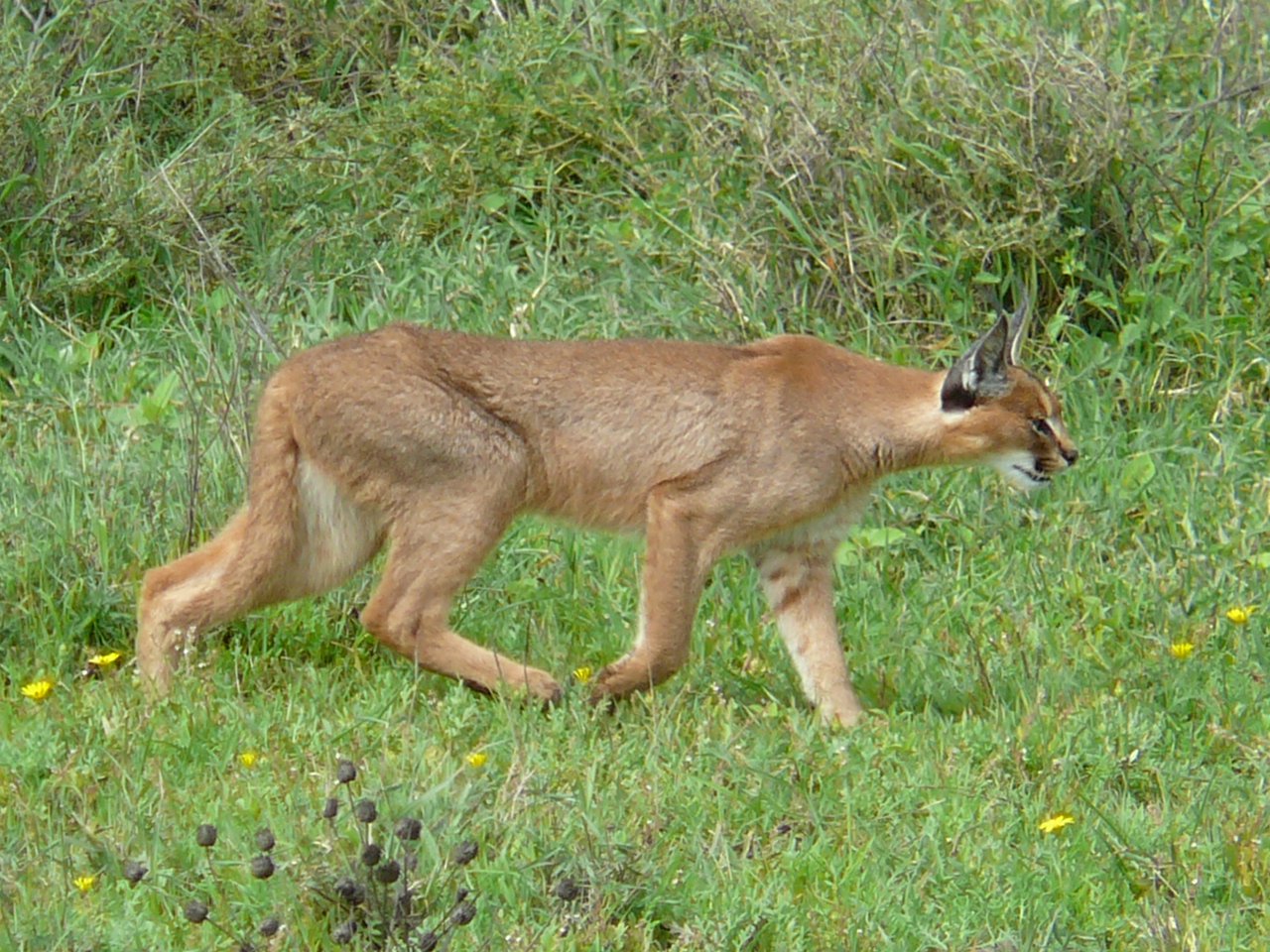
Caracals occupy a crucial position in the Middle Eastern ecosystem, serving as both predator and prey in a delicate balance that has evolved over millennia. Their hunting helps control populations of rodents and birds, preventing overgrazing and maintaining vegetation balance in fragile desert environments. At the same time, caracals must remain constantly vigilant against larger predators like leopards and hyenas, particularly when they’re vulnerable with young kittens. This dual role creates fascinating behavioral adaptations, as caracals must be bold enough to hunt effectively while remaining cautious enough to avoid becoming prey themselves. Their success as mesopredators—middle-tier predators—demonstrates the important role that medium-sized cats play in maintaining ecosystem health. This complex web of relationships shows how every species, no matter how independent they may seem, is interconnected with the broader community of life.
Athletic Prowess Beyond Jumping
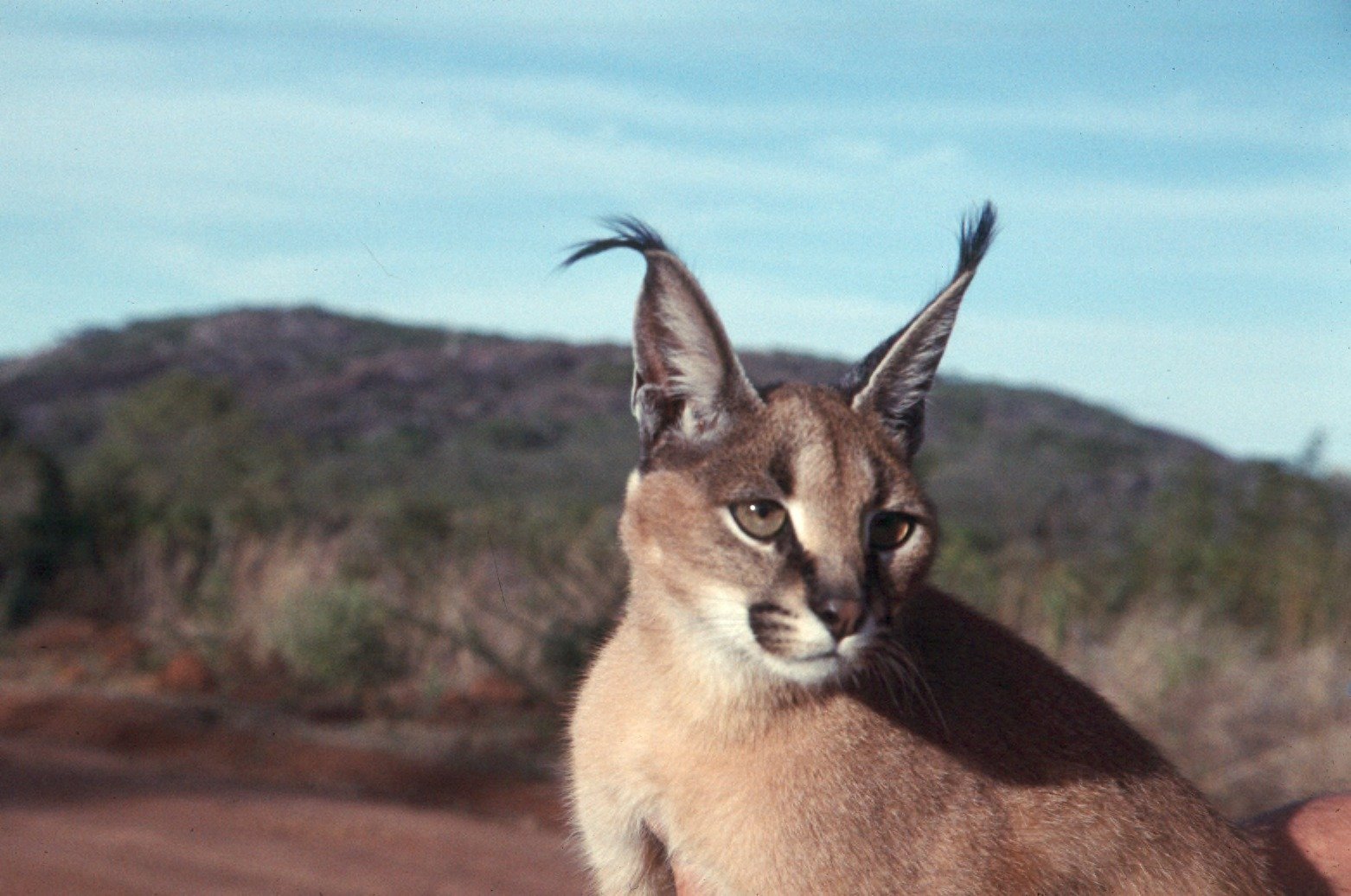
While caracals are famous for their incredible vertical leaps, their overall athletic ability extends far beyond jumping, encompassing a full range of physical skills that would impress any sports enthusiast. Their climbing abilities rival those of mountain cats, allowing them to navigate rocky cliffs and steep terrain with remarkable ease. Swimming, while not their preferred activity, is another skill in their repertoire, enabling them to cross water barriers when necessary. Their flexibility and balance are extraordinary, allowing them to twist and turn mid-air during hunts with the grace of an acrobat. The coordination required to snatch a bird from flight while maintaining perfect balance demonstrates neuromuscular control that surpasses most other predators. These comprehensive athletic abilities make caracals among the most physically capable cats in the world, adapted for success in virtually any terrain they encounter.
The Mystique of Desert Legends
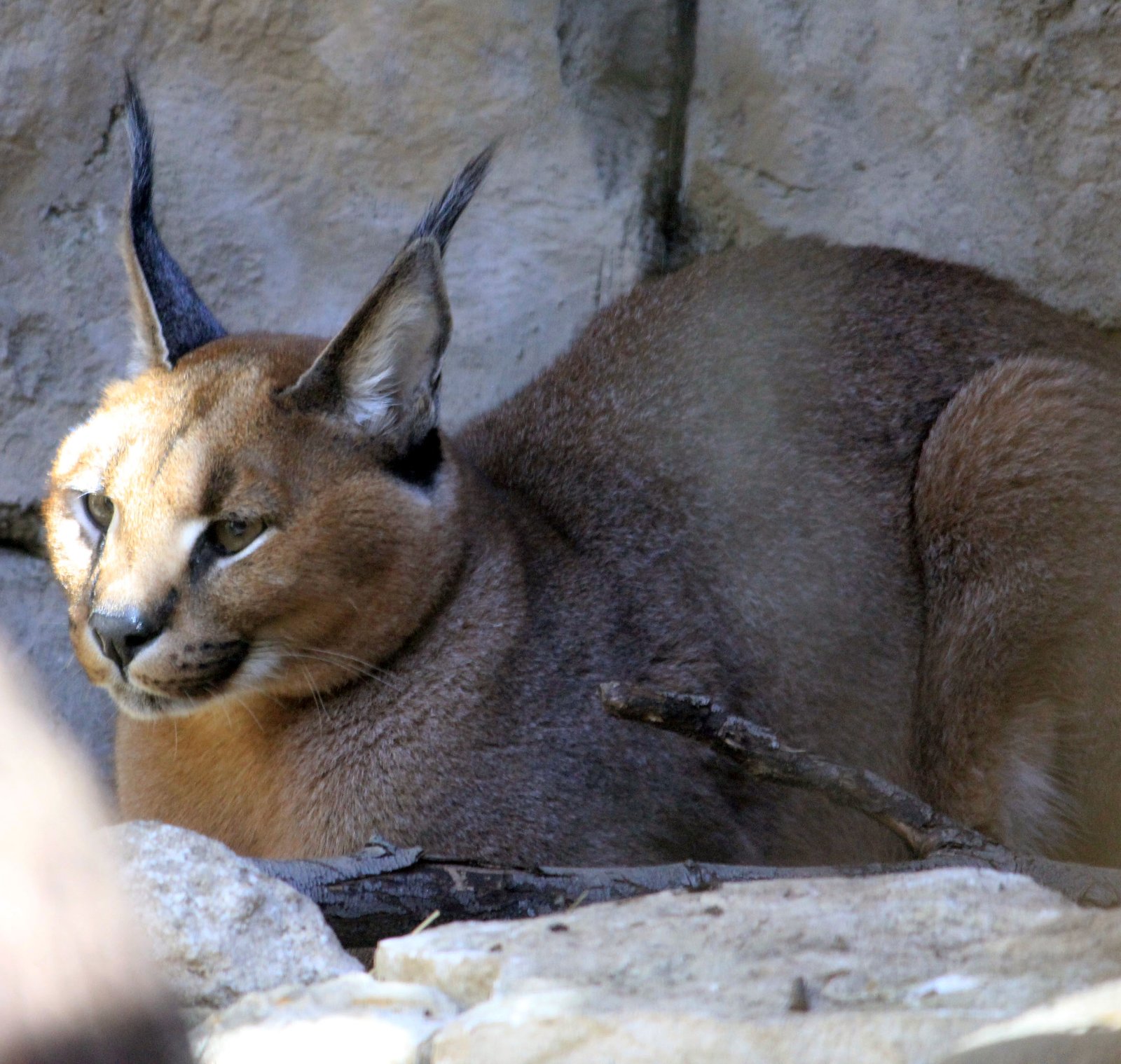
Throughout Middle Eastern folklore and mythology, caracals appear as symbols of grace, independence, and supernatural ability, reflecting the deep impression these cats have made on human culture throughout history. Bedouin stories speak of caracals as spirit guides that could lead lost travelers to safety, while Persian tales describe them as guardians of hidden treasures in desert caves. Their ability to seemingly vanish into thin air and reappear without warning has contributed to beliefs about their mystical powers. Modern wildlife photographers often describe the almost supernatural difficulty of capturing caracals on camera, as if the cats possess an sixth sense about human presence. These legendary qualities, rooted in real behavioral observations, demonstrate how caracals have captured human imagination across cultures and centuries. The mystique surrounding these cats reminds us that some animals transcend their biological reality to become symbols of something greater.
Seasonal Adaptations and Behavioral Changes
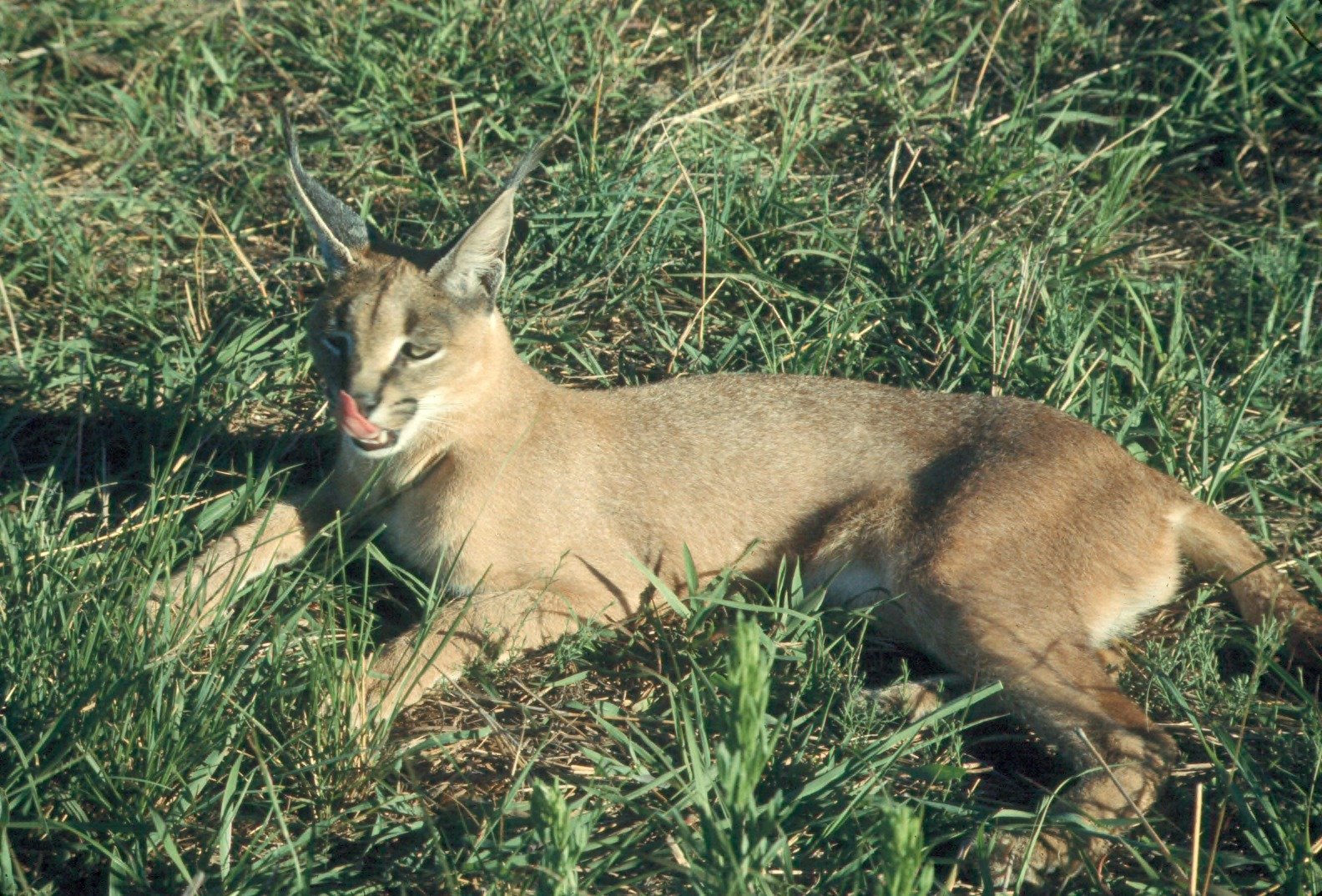
Caracals demonstrate remarkable behavioral flexibility as they adapt to seasonal changes in their harsh Middle Eastern environment, showing an almost calendar-like awareness of environmental cycles. During cooler months, they may expand their hunting hours and become more active during daylight, taking advantage of increased prey activity. Summer brings dramatic behavioral shifts, with caracals becoming almost entirely nocturnal and seeking out the coolest available microclimates during scorching days. Their territorial behavior also changes seasonally, with boundaries becoming more fluid during harsh weather when resource sharing becomes a survival necessity. Reproduction is carefully timed to coincide with periods of maximum prey availability, ensuring that energy-demanding activities like raising young occur when success is most likely. These seasonal adaptations demonstrate the sophisticated environmental awareness that allows caracals to thrive in one of the world’s most challenging climates.
The Future of Caracal Conservation
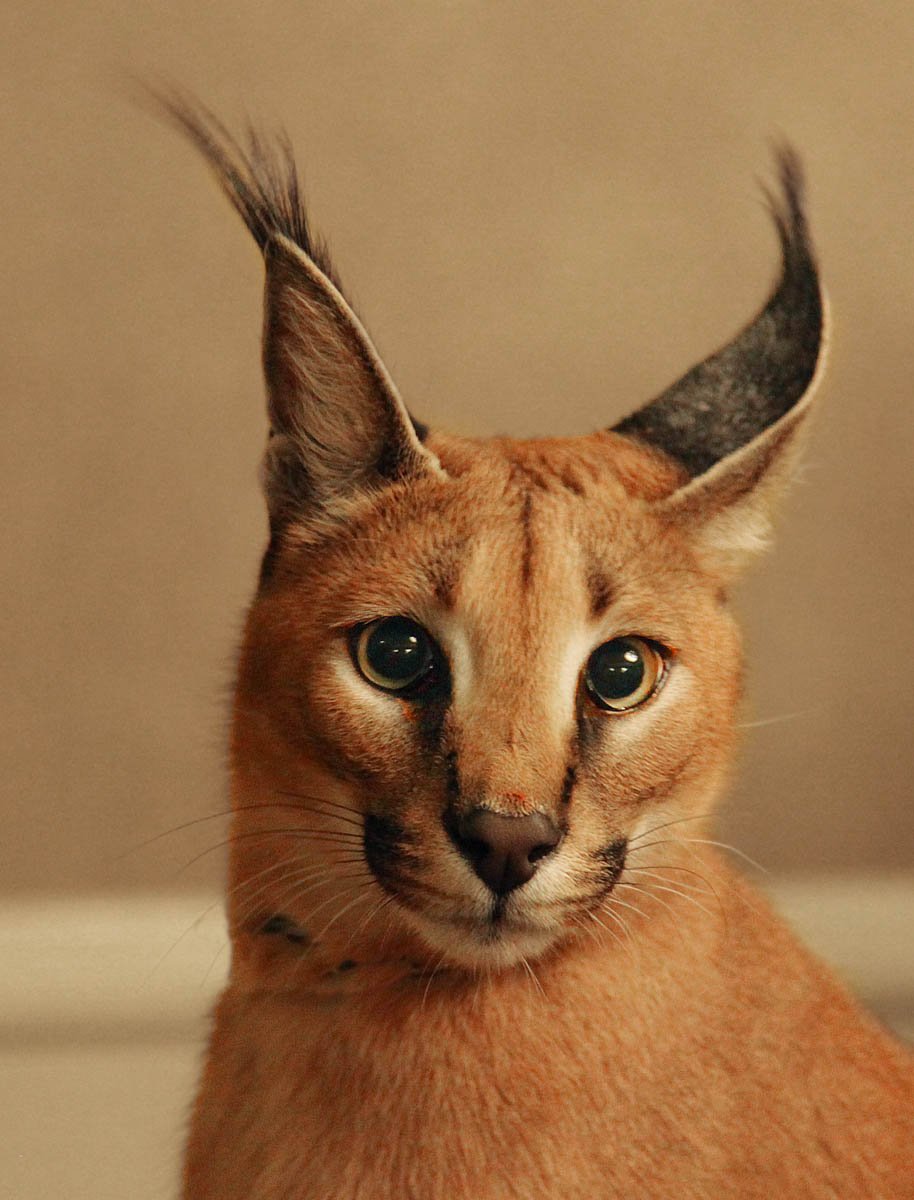
As we look toward the future, the conservation of caracals in the Middle East presents both challenges and opportunities that will determine whether these magnificent cats continue to grace desert landscapes for generations to come. Habitat protection initiatives are showing promise, with several countries establishing protected areas specifically designed to preserve caracal populations and their prey species. Modern technology, including GPS collars and camera traps, is providing researchers with unprecedented insights into caracal behavior and habitat requirements. Community-based conservation programs are engaging local populations in protecting these cats, recognizing that long-term success depends on human cooperation and understanding. Climate change adaptation strategies are being developed to help caracal populations cope with increasingly extreme weather patterns. The growing awareness of caracals’ ecological importance is leading to more comprehensive conservation efforts that address the interconnected nature of desert ecosystems.
Caracals in the Modern World
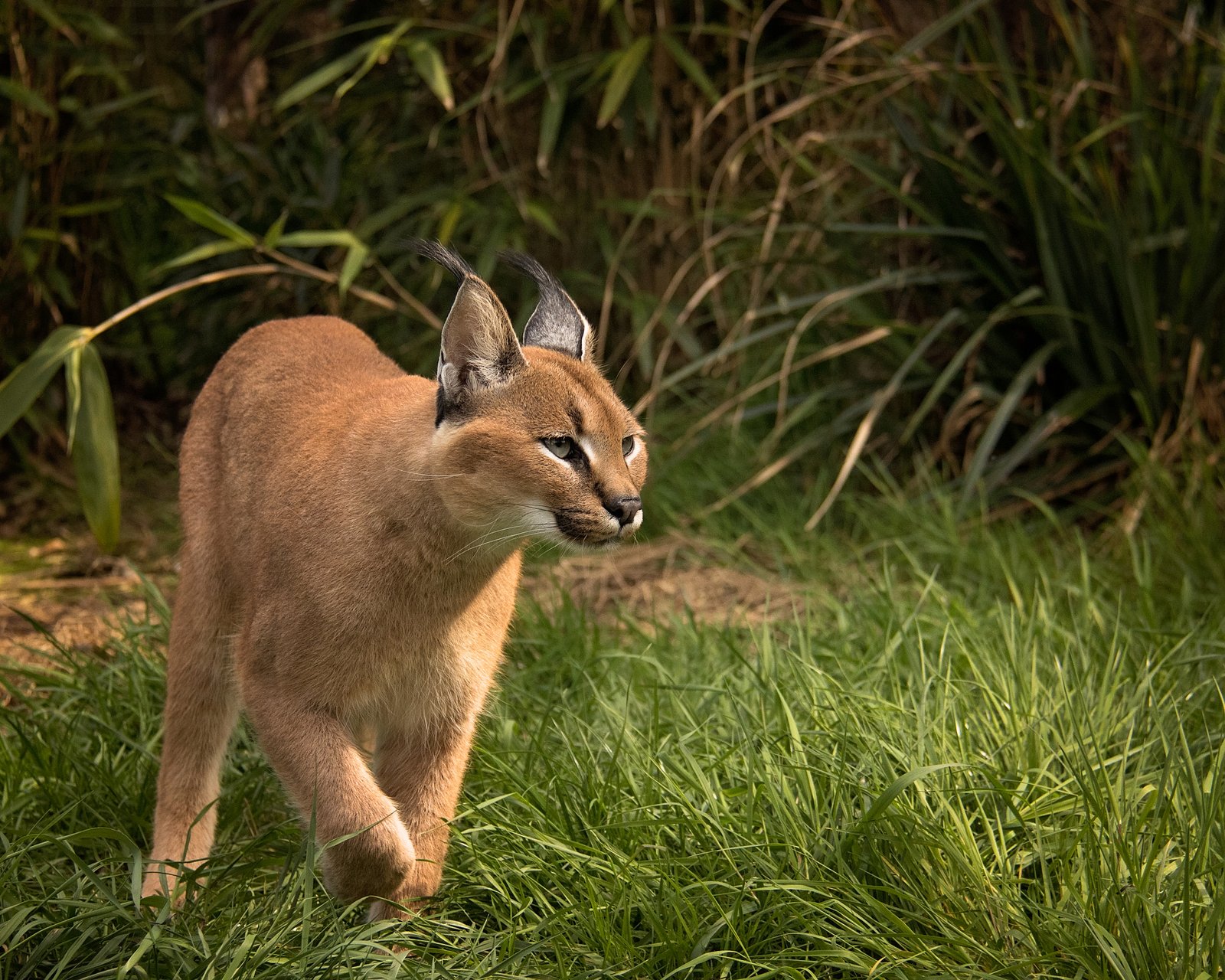
Today’s caracals navigate a world vastly different from that of their ancestors, yet they continue to demonstrate the adaptability and resilience that has defined their species for millennia. Urban edge habitats present new opportunities and challenges, with some caracals learning to exploit human-modified environments while maintaining their wild nature. Agricultural areas sometimes provide abundant prey in the form of rodents, creating complex relationships between caracals and farming communities. Modern conservation efforts are increasingly recognizing the importance of creating wildlife corridors that allow caracals to move safely between fragmented habitats. Research into caracal behavior and ecology continues to reveal new aspects of their remarkable adaptability and intelligence. The survival of caracals in the modern world serves as a testament to the incredible resilience of wild cats and offers hope for conservation efforts worldwide.
The Emotional Connection to Wild Cats

There’s something deeply moving about encountering a caracal in the wild—a moment that connects us to the primal beauty and independence that all cats represent. Their piercing gaze and dignified bearing remind us why cats have captivated human hearts for thousands of years, whether wild or domestic. The grace with which they move through their harsh environment speaks to a kind of natural nobility that inspires respect and admiration. Many people who study or photograph caracals describe feeling a profound sense of privilege when observing these magnificent creatures in their natural habitat. Their ability to thrive in solitude while maintaining such obvious intelligence and emotional depth challenges our understanding of what it means to be truly independent. This emotional connection to caracals helps drive conservation efforts and reminds us that protecting wild cats is about preserving something essential about the natural world.
The Role of Caracals in Ecosystem Health
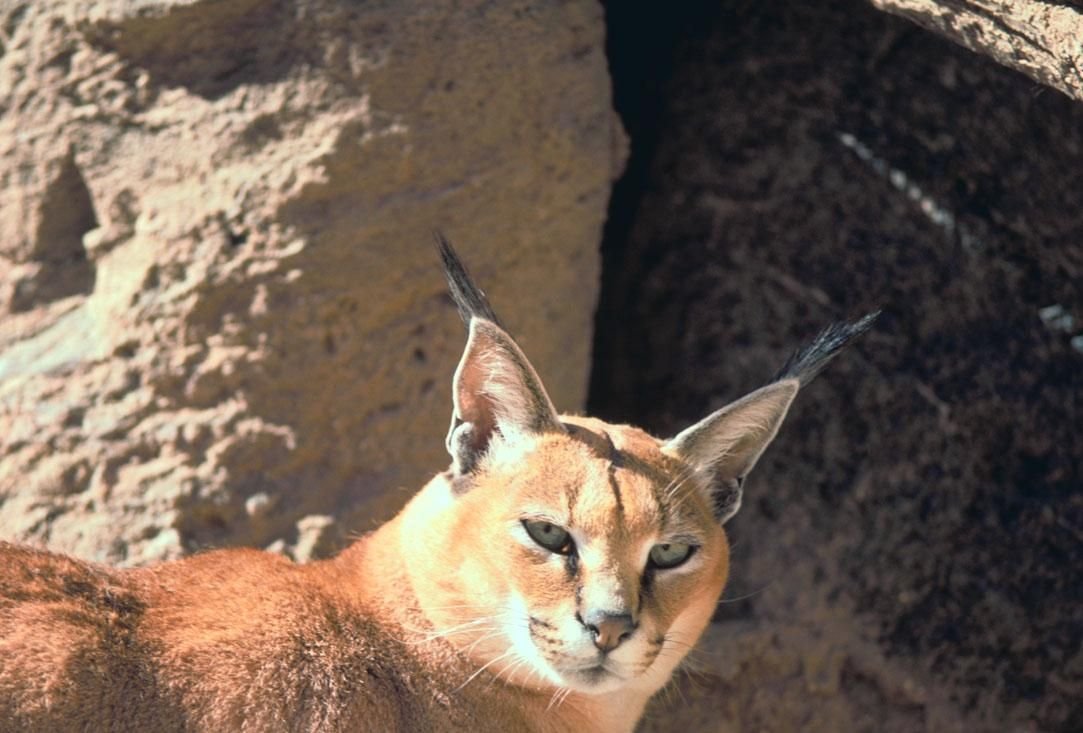
Caracals serve as keystone species in Middle Eastern ecosystems, their presence indicating the health and balance of the broader environment in ways that extend far beyond their role as predators. Their hunting activities help maintain optimal populations of prey species, preventing overgrazing that could damage fragile desert vegetation. By controlling rodent populations, caracals indirectly protect plant communities that provide habitat for countless other species. Their territorial behavior creates a network of protected areas where smaller animals can find refuge from other predators. The presence of caracals in an ecosystem signals sufficient prey populations, adequate water sources, and appropriate habitat connectivity. Their role as mesopredators helps maintain the complex predator-prey relationships that keep desert ecosystems stable and resilient. Understanding these ecological connections emphasizes why protecting caracals is really about protecting entire ecosystems and the intricate web of life they support.
Conclusion
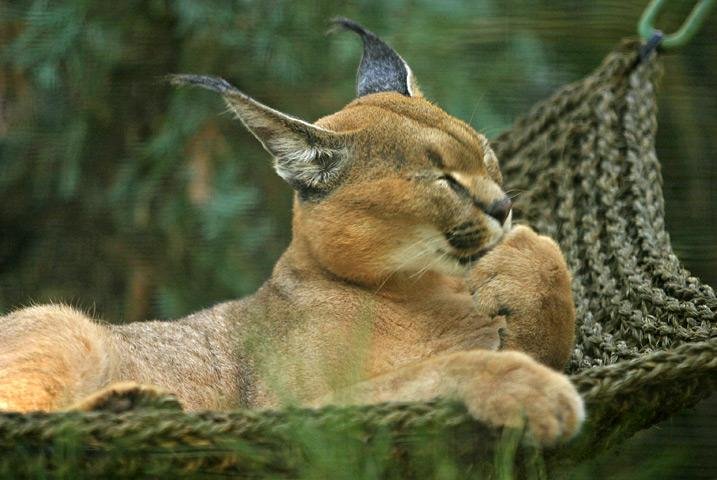
The caracal stands as a testament to the incredible diversity and adaptability of the feline family, embodying everything we find fascinating about cats in their wild form. From their Olympic-level jumping abilities to their sophisticated social communication systems, these remarkable creatures demonstrate that evolution has crafted the perfect desert predator. Their story reminds us that cats, whether stalking through our living rooms or prowling Middle Eastern landscapes, share common threads of independence, intelligence, and grace that connect them across all boundaries of domestication and geography. As we face an uncertain future for wildlife worldwide, the caracal’s resilience offers hope that with proper protection and understanding, these magnificent cats will continue to leap through desert skies for generations to come. Their presence in the harsh landscapes of the Middle East serves as a reminder that beauty and wildness can thrive even in the most challenging environments. Every caracal that successfully raises its young in the desert represents a victory for the enduring spirit of all cats, wild and domestic alike.

Suhail Ahmed is a passionate digital professional and nature enthusiast with over 8 years of experience in content strategy, SEO, web development, and digital operations. Alongside his freelance journey, Suhail actively contributes to nature and wildlife platforms like Feline Fam, where he channels his curiosity for the Feline into engaging, educational storytelling.
With a strong background in managing digital ecosystems — from ecommerce stores and WordPress websites to social media and automation — Suhail merges technical precision with creative insight. His content reflects a rare balance: SEO-friendly yet deeply human, data-informed yet emotionally resonant.
Driven by a love for discovery and storytelling, Suhail believes in using digital platforms to amplify causes that matter — especially those protecting Earth’s biodiversity and inspiring sustainable living. Whether he’s managing online projects or crafting wildlife content, his goal remains the same: to inform, inspire, and leave a positive digital footprint.






